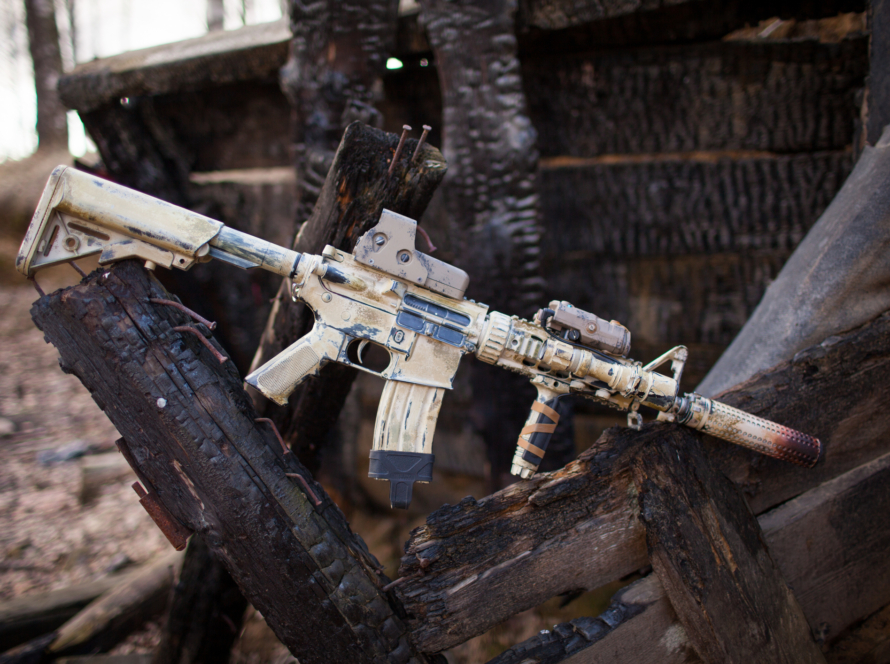Why a Good Trigger Matters
Compare single-stage vs. two-stage triggers, pull weight, and how a high-quality trigger improves accuracy and feel.
A good trigger transforms an average AR into a precision tool. Whether you’re hunting, competing, or building a reliable duty rifle, trigger choice has huge impact on accuracy and user confidence.
Single-stage vs two-stage
Single-stage triggers have a consistent pull to the break — popular for many shooters and faster for quick shots. Two-stage triggers have an initial take-up followed by a distinct break — preferred for precision shooters who want better control over shot release.
Pull weight
Light triggers (1.5–3.5 lb) are common in precision and competition; heavier triggers (~4–6 lb) can be appropriate for carry/duty rifles where safety under stress matters. Choose a pull weight that matches the rifle’s intended role.
Trigger types & quality
Drop-in triggers simplify installation; custom triggers allow finer tuning. Consider trigger geometry, sear engagement, and safety mechanisms. Match the trigger to your training and intended use.
Installation & safety
Any trigger work should be done by someone competent. A poor installation or unsafe modification risks accidental discharge. Always follow safe handling and legal rules.
Practical tip
If you’re shooting groups or precision work, upgrading from a mil-spec trigger to a high-quality single-stage or two-stage trigger often yields immediate improvements in accuracy.
Looking for a smoother break or a competition trigger? Downrange Precision Arms can fit and tune triggers safely.





